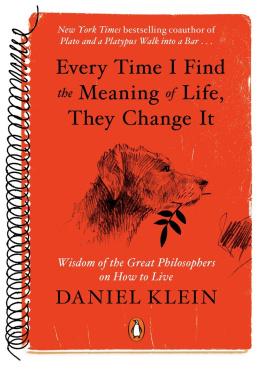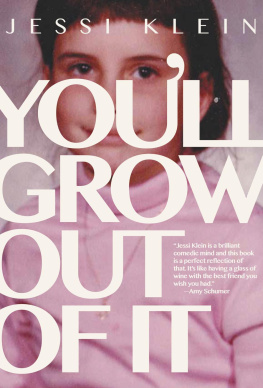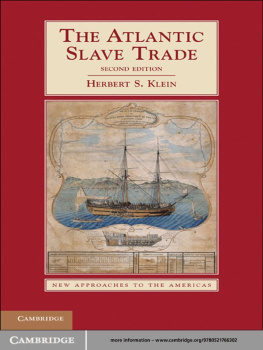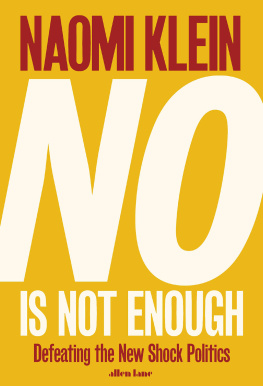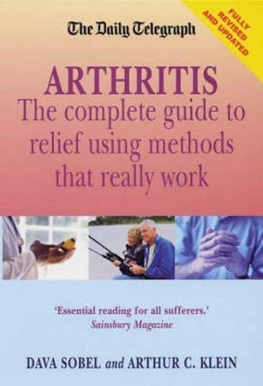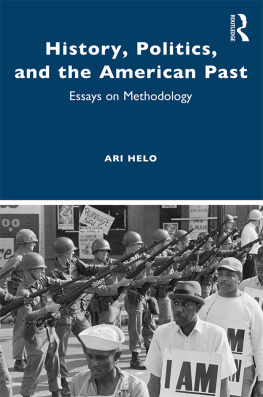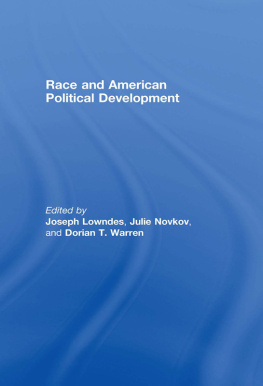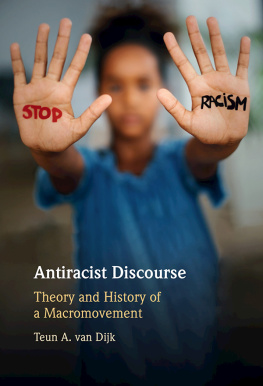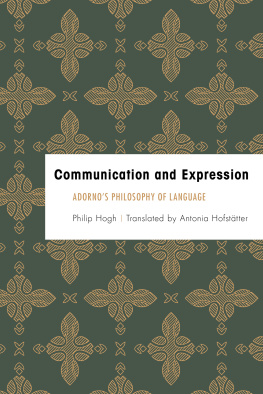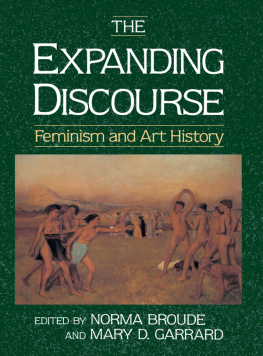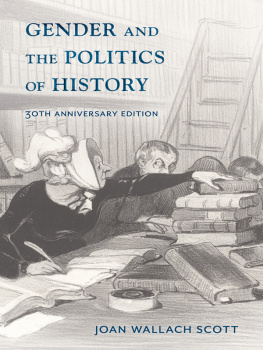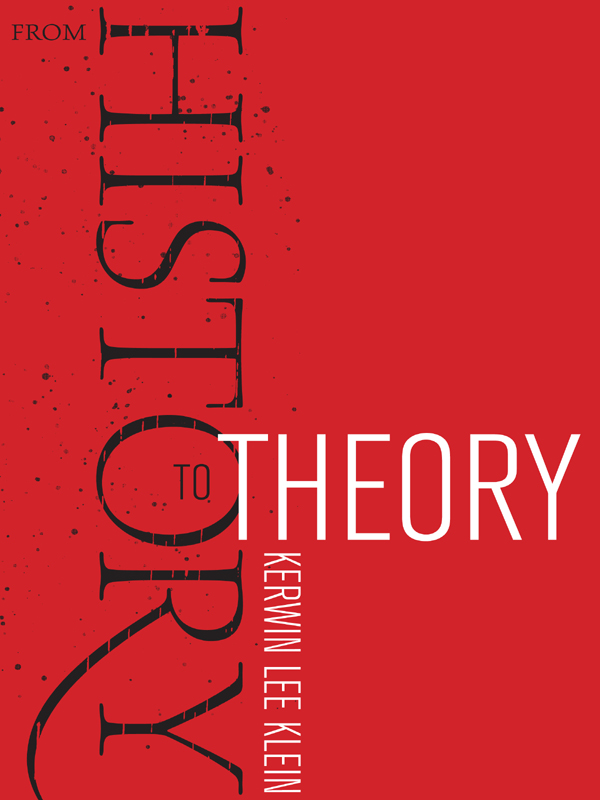University of California Press, one of the most distinguished university presses in the United States, enriches lives around the world by advancing scholarship in the humanities, social sciences, and natural sciences. Its activities are supported by the UC Press Foundation and by philanthropic contributions from individuals and institutions. For more information, visit www.ucpress.edu.
University of California Press, Ltd.
London, England
From history to theory / Kerwin Lee Klein.
p. cm.
Includes bibliographical references and index.
ISBN 978-0-520-26881-4 (cloth : alk. paper)
1. United StatesHistoryPhilosophy. 2. HistoriographyUnited StatesMethodology. 3. HistoriographyUnited StatesHistory. 4. Linguistic changeUnited StatesHistory. 5. HistoryTerminology. 6. ReligionTerminology. 7. Discourse analysis. 8. Social changeUnited StatesHistory. I. Title.
This book is printed on Cascades Enviro 100, a 100% post consumer waste, recycled, de-inked fiber. FSC recycled certified and processed chlorine free. It is acid free, Ecologo certified, and manufactured by BioGas energy.
Acknowledgments
This small book has left me with much debt. I should begin with the many students, at UCLA and Berkeley, in my seminars and lectures on history and theory, especially Kevin Adams, E. J. Kim, Heather McCarty, Giuliana Perrone, Kim Vu-Dinh, and Stephanie Young. Many friends and colleagues have read and commented on all or portions of the manuscript: Thomas Brady, Claudio Fogu, David Hollinger, Martin Jay, Michael Kammen, Dominick LaCapra, and Sabine Schindler. Stan Holwitz has been an inspiration. Niels Hooper is the best editor on skis. Beth Berry provided hours of entertainment and insight during our team teaching. Tom Laqueur pressed me to turn my skepticism of memory discourse into an article, and the Representations editorial collective provided a congenial environment. Looking back, I realize that two colleagues, now gone, were an important influence at critical moments: we all miss Bernard Williams and Mike Rogin.
I presented portions of this work at the Annual Senior Fellows Conference, the School of Criticism and Theory; the Department of History, Tulane University; the Center for Humanities and the Arts, Colorado University, Boulder; the Center for Cultural Studies, University of California, Santa Cruz; the Doreen B. Townshend Center for the Humanities, University of California, Berkeley; and the Merits of Memory Symposium, Martin Luther Universitt, Wittenberg. Thanks to all for invitations and support.
Earlier versions of some chapters, or portions of chapters, appeared in Representations; History and Theory; and Hans-Jrgen Grabbe and Sabine Schindler, eds., The Merits of Memory: Concepts, Contexts, Debates (Heidelberg: Universittsverlag, 2007). A Faculty Research Grant from the University of California, Berkeley, helped me with research and writing.
Introduction
It's easier for a fat man to get through the eye of a needle than for a rich man to get into Heaven.
I cannot recall when I first learned this particular version of Matthew 19:24, but I can say that it was in southern Illinois. My family lived in the foothills above the confluence of the Mississippi and Ohio rivers, a tiny slice of the mid-South then peopled mostly by farmers and coal miners. Storytelling, jokes, and preaching were highly valued forms of art, and I watched masters of the craft almost every day. The Scots-Irish migrants of the late eighteenth and early nineteenth centuries who had marched from the Appalachians to the Ozarks had left their mark. This was (and remains) Bible Belt country, with dry counties and Dr. Pepper devotees, where Southern Baptists and Methodists assemble regularly at places like Bear Point Church (where my grandmother spent her Sunday mornings). The culture was strong enough that even those folks who lived in the small townsmany of them, like my father's side of the family, central, southern, or eastern European and Greek Orthodoxlearned the speech patterns of rural Protestantism: King James with a twang.
Southern Illinois was also (and remains) a poor country, and as in most parts of rural America in the twentieth century, the road to upward mobility led out of town, typically via sports or the military. That was how my parents made their way, with my father picking up a baseball scholarship at Southern Illinois University and my mother working in a sewing factory (today we would say sweatshop) until he landed a job teaching history and coaching football in a farm-town high school. Later, when I was a teenager, my mother finished her college degree and my father completed a PhD in education, specializing in symbolic logic and language acquisition. So I learned at a young age to appreciate the aesthetics of the spoken word, and I gradually worked through an evolving family library that ran from scholarly works on the Civil War to cheap paperback editions of Wittgenstein. I also picked up a class identification that alternated between working class and rural petit bourgeois, despite the attempts of my parents to become respectably middle class and speak standard English.
My voyage in academia was something less than direct. I spent years working in construction, sports, and music, and my early college experience came at a small junior college in Southern California. For six years I worked full time and took courses on the side, primarily in biology, and to the extent that I imagined myself in a professional career, it was always one in the life sciences. Later, when I went to the University of California, Riverside, I studied both history and anthropology before finally settling on history. As late as my first year of graduate school, at the University of Arizona, I spent at least as much time with the poets and essayists in the MFA program as I did with my colleagues in history. When I moved to UCLA to do my PhD, I kept up with poetry and oral literature by studying ethnolinguistics. So I became a historian fairly late, and I spent a number of years being partly socialized into different academic traditions. As a result, although I happily identify as a historian rather than an anthropologist or literary critic or wildlife biologist, I am often reminded of the differences between the disciplines, and between academia and other corners of American life, in ways that shape my research in the theory and practice of history. I offer this bit of biographyan admittedly unlikely mixture of haying and coon-hunting, mobile homes and black lung, Cadillac preachers and propositional calculusnot to claim some spurious connection with the wretched of the earth, but to help to situate my aims and interests. The combination of rural childhood and eclectic disciplinary study may go some way toward introducing this book, a series of essays on the poetics, rhetoric, and logic of academic discourse on history in the twentieth century.
The chapter and verse with which I began does serve a larger point. Matthew's aphorism actually speaks of the difficulty of squeezing a camel, rather than a fat man, through the eye of a needle. Southern Illinois had a Lake of Egypt and a Cairo (pronounced KAY-row), but camels were hard to come by, and at some now forgotten point, someone translated the passage into a more recognizable metaphor. One task of intellectual history is to take metaphors made strange by distance in time or space and render them in vocabularies that have meaning for us. Another is to take the metaphors with which we feel most at home and trace out the ways in which they stand on generations of older, stranger meanings.



